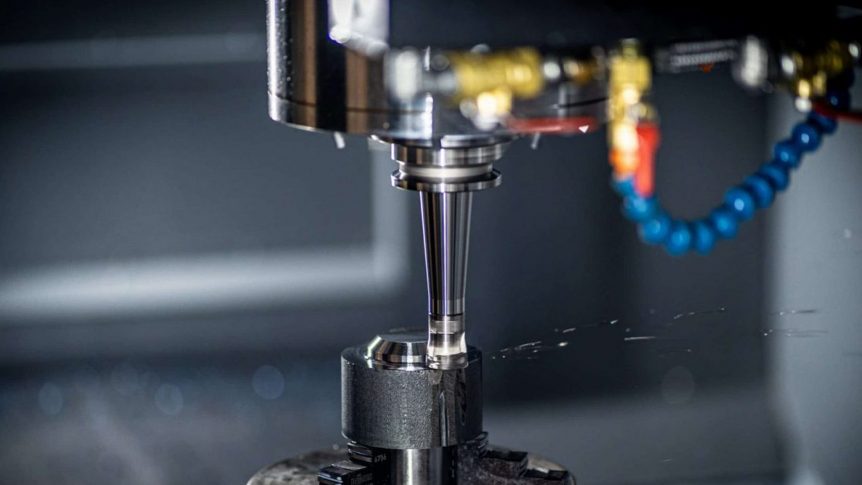As a technology continuously growing with many benefits over traditional manufacturing practices, 3D printing has garnered impressive attention. However, one must pay attention to the downsides of 3D printing if they are trying to develop an efficient production model for their company.
Another manufacturing technique for small-to-medium-sized companies is CNC machining, a novel technique used for creation. We decided to compare the upsides and downsides of both technologies to establish where they are the most appropriate. However, to understand which technology suits your prototyping model, we must first understand the difference between subtractive and additive manufacturing methods.
Subtractive vs. Additive Manufacturing
3D printing is a type of additive manufacturing, whereas CNC machining is a form of subtractive manufacturing. In simple words, CNC machining involves cutting away material from a block of raw material to create the finished part. CNC machining provides a high level of dimensional accuracy, and you can choose from various compatible materials to design your products, such as metals, wood, and plastics.
On the other hand, additive manufacturing involves final products created layer-by-layer using materials such as resin, plastic, or filaments. 3D printing allows you to customize your products, cutting manufacturing costs, time, and reliability. However, several machines combine the two forms of manufacturing to deliver an intricate platform for product development. For instance, ZMorph 2.0 SX is a CNC mill with several functions only a 3D printer can perform.
Materials
CNC machining and 3D printing are compatible with various raw materials; however, 3D printing prominently focuses on plastics. CNC machining can use both plastics and metal to create parts, with aluminum being the common choice of raw material as it is recyclable, lightweight, and has many protective qualities. On the other hand, commonly used thermoplastics in 3D printing include ABS, Nulon, PLA, and resins.
Accuracy
When it comes to tolerance, CNC machining is superior to all 3D printing techniques. However, the superiority is less profound if you are dealing with geometrically complex designs. 3D printers can create parts with geometries that other manufacturing methods cannot achieve. Regarding the maximum size of components, CNC machining outperforms techniques such as SLS (Selective laser sintering), FDM (fused depositing modeling), and DMLS (Direct metal laser sintering).
Cost
An average 3D printer is far cheaper than the average CNC machine. 3D printing is typically preferred for low-volume production, whereas CNC is best suited for larger quantities. If you want your prototypes or parts manufactured quickly, 3D printing offers faster turnaround times than CNC machining. However, additional factors go into calculating the overall cost of the manufacturing process, such as raw materials, which can make comparing the two technologies difficult.
Ease of Use
3D printers are easier to use than CNC machines. Once the digital file of the part is created, you would need to choose the orientation, fills, and supports if needed. Once the manufacturing process commences, no additional supervision is required. On the other hand, CNC machining is a far more intricate process and requires constant supervision. A dedicated operator will choose between different tools, the rotation speed of the cutting tools, and undertake any repositioning needed while the part is being created.
In a nutshell, there is no correct answer or one-size-fits-all manufacturing technique. 3D printing and CNC machining are competent manufacturing methods, and the most appropriate one depends on the raw material, geometrical complexity of the part, volume, and budget. To learn more about which is best for your business, contact Scale Up 3D today. One of our team members will happily guide you through the differences between 3D printing and CNC machining and help you choose the most suitable technique for your project.

